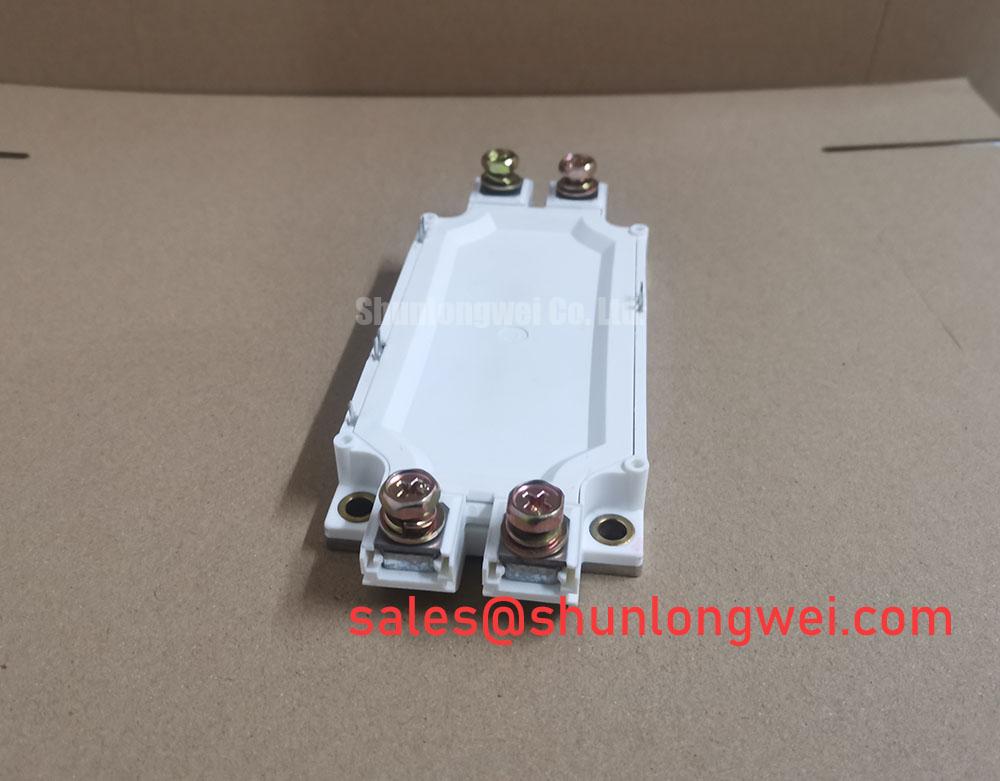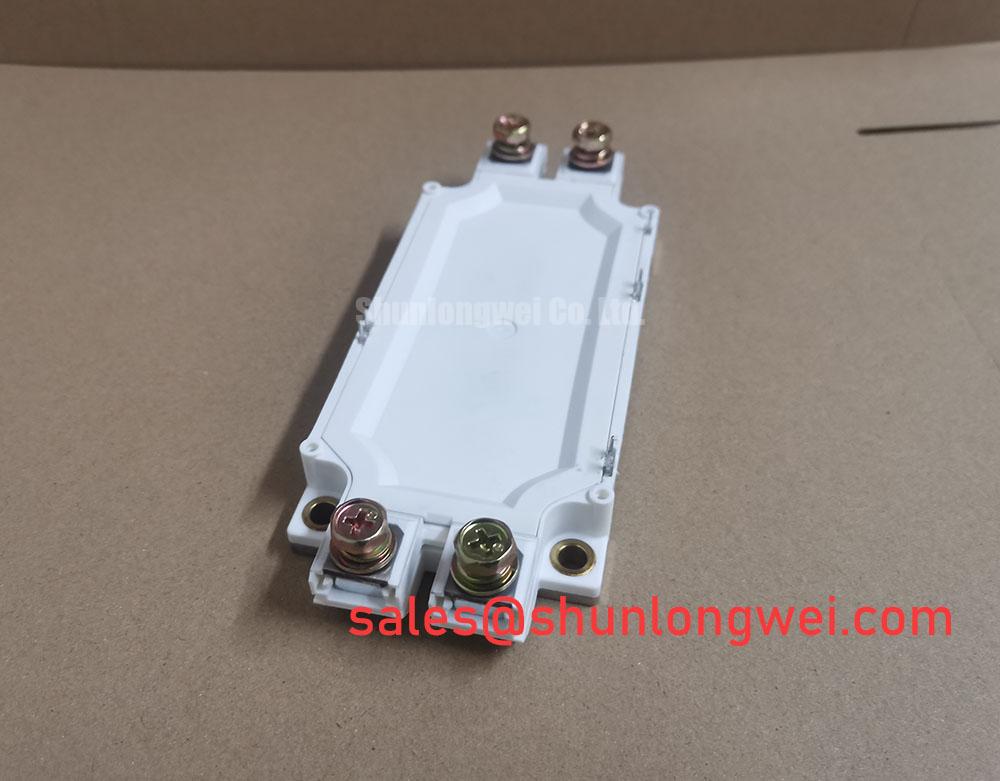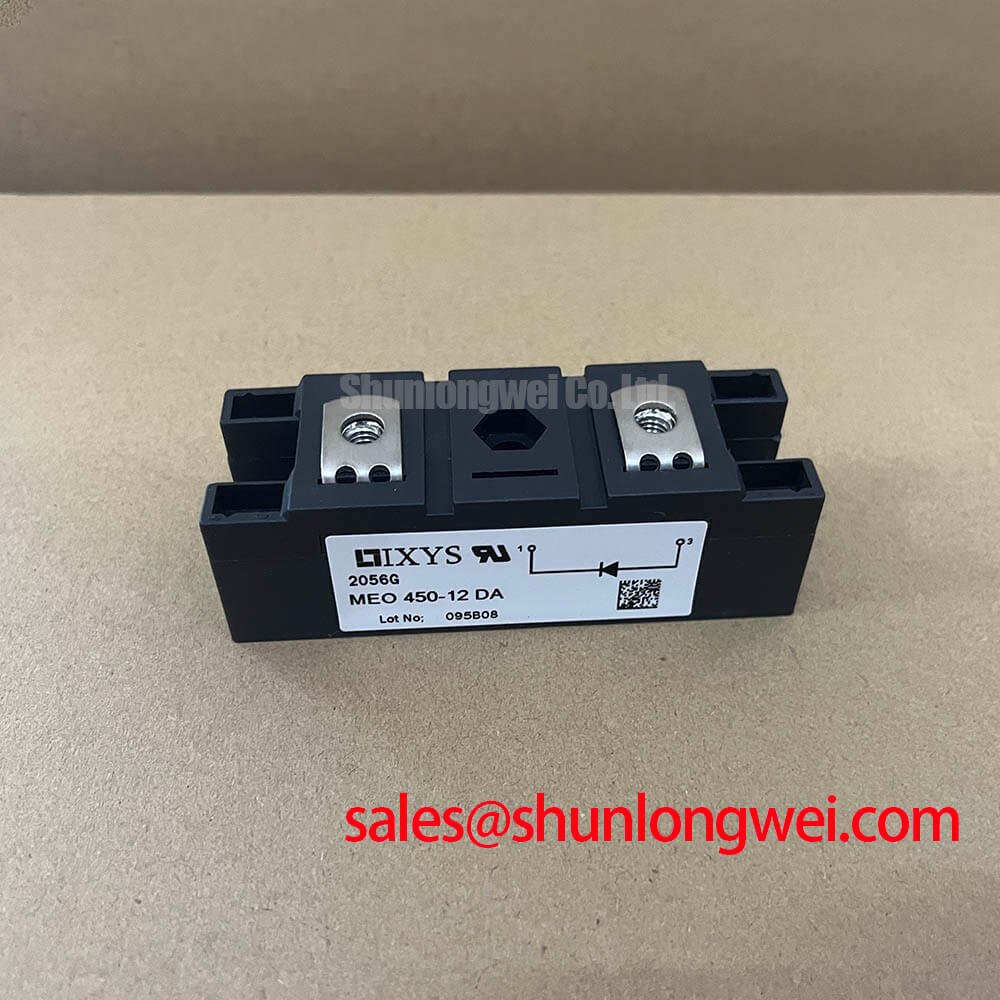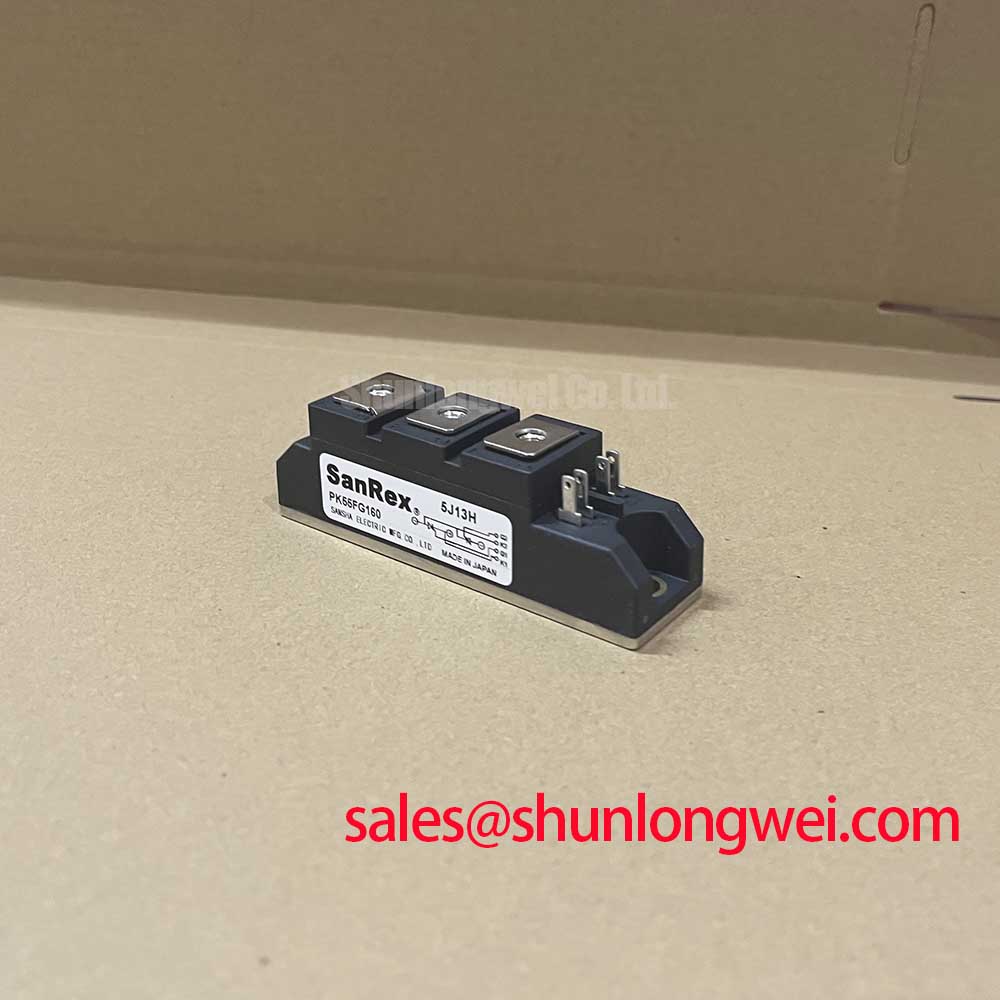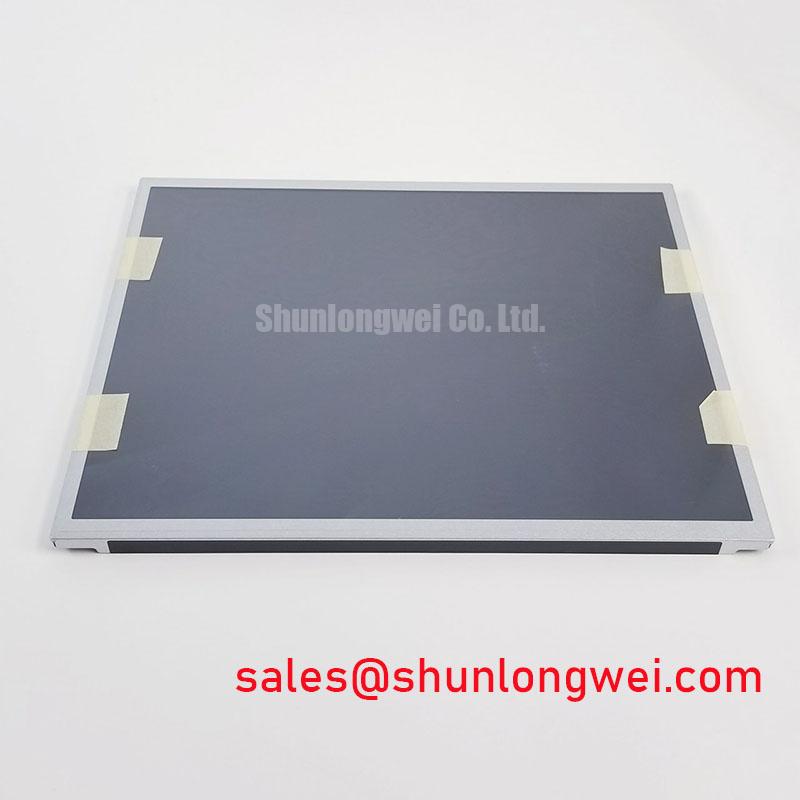FF300R12MS4: Engineering Product Analysis
Content last revised on October 2, 2025.
Product Introduction & Key Highlights
Optimized for Efficiency and Reliability in High-Frequency Applications
The Infineon FF300R12MS4 is an EconoDUAL™ 2 IGBT module engineered to provide a robust and highly efficient power switching solution for demanding industrial applications. It delivers a finely tuned balance between conduction and switching losses, leveraging proven IGBT technology to ensure reliable performance. With specifications of 1200V | 300A | VCE(sat) (typ) 1.70V, this module offers substantial power handling capabilities. Key engineering benefits include a cost-effective loss profile and high thermal cycling stability inherent to its package design. For engineers designing high-frequency motor drives or inverters, the FF300R12MS4's fast switching characteristics enable higher operational frequencies, which can lead to smaller and lighter magnetic components. For industrial drives and solar inverters requiring a proven balance between performance and cost-effectiveness, the FF300R12MS4 offers a compelling design choice.
Application Scenarios & Value
Achieving System-Level Benefits in Industrial Power Conversion
The FF300R12MS4 is particularly well-suited for deployment in three-phase Variable Frequency Drives (VFDs), Solar Inverters, and high-power Uninterruptible Power Supplies (UPS). In these systems, minimizing power loss is a critical design objective to maximize efficiency, reduce operating costs, and simplify thermal management. A primary engineering challenge in modern VFD design is meeting stringent efficiency standards (such as IE3/IE4) while controlling the size and cost of the cooling system. The FF300R12MS4 directly addresses this challenge through its fast IGBT2 silicon. The optimized trade-off between the low collector-emitter saturation voltage (VCE(sat)) of 1.70V (typ.) and reduced switching energies (Eon, Eoff) allows designers to minimize losses across a wide range of operating conditions. This balanced performance means less heat is generated, enabling the use of smaller, more cost-effective heatsinks and improving the overall power density and reliability of the end system. While this module is specified for 300A, for systems requiring lower current handling in a similar package, the FF200R12KT4 provides a comparable voltage rating.
Key Parameter Overview
Decoding the Specs for Efficient Power Stage Design
The technical specifications of the FF300R12MS4 are tailored for high-reliability power conversion systems. Below is a summary of the key parameters that define its performance envelope. These values are crucial for accurate loss modeling, thermal design, and ensuring the module operates within its Safe Operating Area (SOA).
| Parameter | Symbol | Condition | Value | Unit |
|---|---|---|---|---|
| Collector-Emitter Voltage | VCES | - | 1200 | V |
| Continuous Collector Current | IC,nom | - | 300 | A |
| Collector-Emitter Saturation Voltage | VCE sat | IC = 300A, VGE = 15V, Tvj=25°C | 1.70 (typ) | V |
| Gate-Emitter Threshold Voltage | VGE(th) | IC = 12.0 mA | 5.0 - 6.5 | V |
| Total Switching Energy | Ets | IC = 300A, VCE = 600V, VGE = ±15V, RGon = 3.6Ω, RGoff = 3.6Ω, Tvj=125°C | 44 (typ) | mJ |
| Thermal Resistance, Junction-to-Case | RthJC | per IGBT | ≤ 0.075 | K/W |
| Operating Junction Temperature | Tvj op | - | -40 to +150 | °C |
Download the FF300R12MS4 datasheet for detailed specifications and performance curves.
Technical Deep Dive
An Insight into the Fast IGBT2 Performance Profile
The core of the FF300R12MS4's performance is its fast Insulated Gate Bipolar Transistor (IGBT) die technology. Unlike newer technologies that focus heavily on minimizing conduction losses (VCE(sat)), this generation was optimized to reduce switching losses, particularly the turn-off energy (Eoff). This makes it highly effective in applications operating at higher switching frequencies, typically in the range of 8 kHz to 20 kHz. The engineering behind this involves careful management of the charge carrier lifetime within the silicon. Think of the process of turning off an IGBT like clearing a crowded room. A slower IGBT lets people trickle out slowly, which wastes energy over a longer period (a long "tail current"). The fast IGBT technology acts like opening all the exit doors at once, evacuating the charge carriers rapidly. This quick clearance significantly reduces the energy lost during each turn-off event, a saving that becomes substantial when multiplied by thousands of switching cycles per second. This characteristic is a key enabler for designers looking to push frequencies higher to reduce the size of system magnetics without incurring prohibitive thermal penalties.
Frequently Asked Questions (FAQ)
What is the primary engineering advantage of the FF300R12MS4's fast switching characteristic?
Its fast switching capability, particularly its low turn-off energy, allows for operation at higher frequencies. This enables the use of smaller, lighter, and often less expensive inductors and capacitors in the application, improving overall system power density.
How does the Rth(j-c) of 0.075 K/W impact heatsink selection and overall system power density?
A low thermal resistance from junction-to-case indicates highly efficient heat transfer from the silicon die to the module's baseplate. This efficiency means that for a given power loss, the temperature rise of the IGBT junction will be lower. This gives engineers two options: they can either design for a higher power output with a standard heatsink or use a smaller, more compact heatsink for the same output power, thereby increasing the system's power density.
Is a negative gate-emitter voltage (Vge) recommended during the off-state for the FF300R12MS4?
Yes, utilizing a negative gate voltage (e.g., -8V to -15V) during the off-state is a standard best practice for this type of module. It provides a greater margin against parasitic turn-on induced by high dv/dt events or stray inductance, significantly enhancing the noise immunity and reliability of the power stage, especially in fast-switching environments like those found in a high-efficiency inverter.
For engineers undertaking new power system designs, a thorough review of the component's loss characteristics and thermal behavior is a critical first step. The FF300R12MS4 provides a well-documented and reliable platform for developing high-performance industrial power converters.


